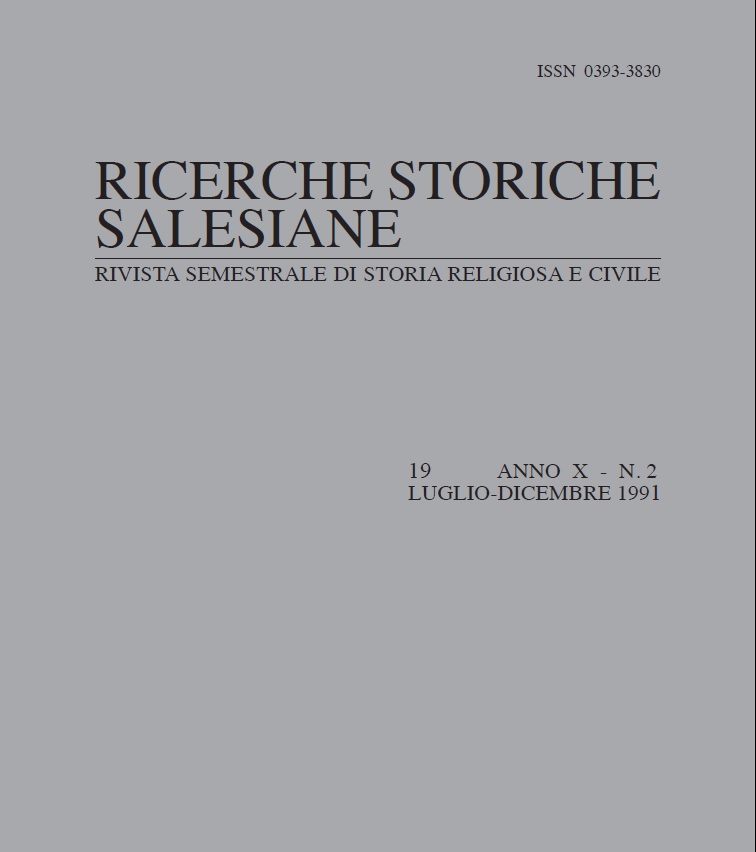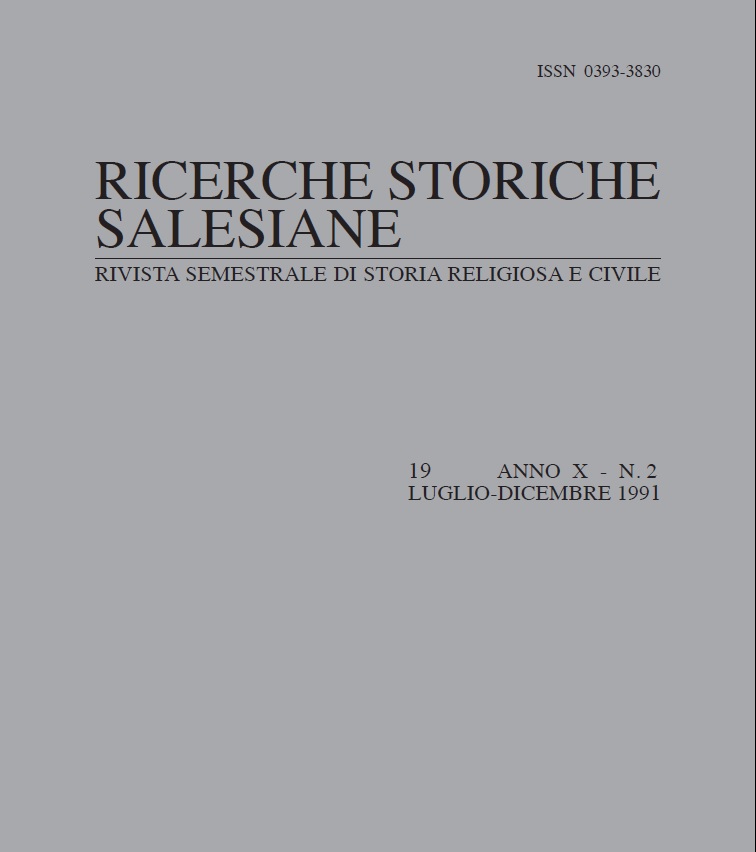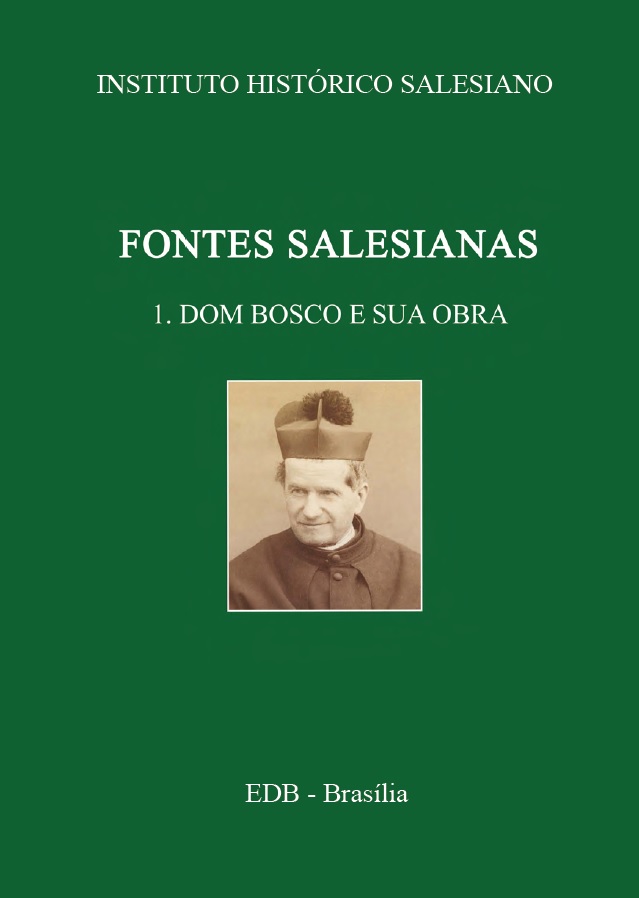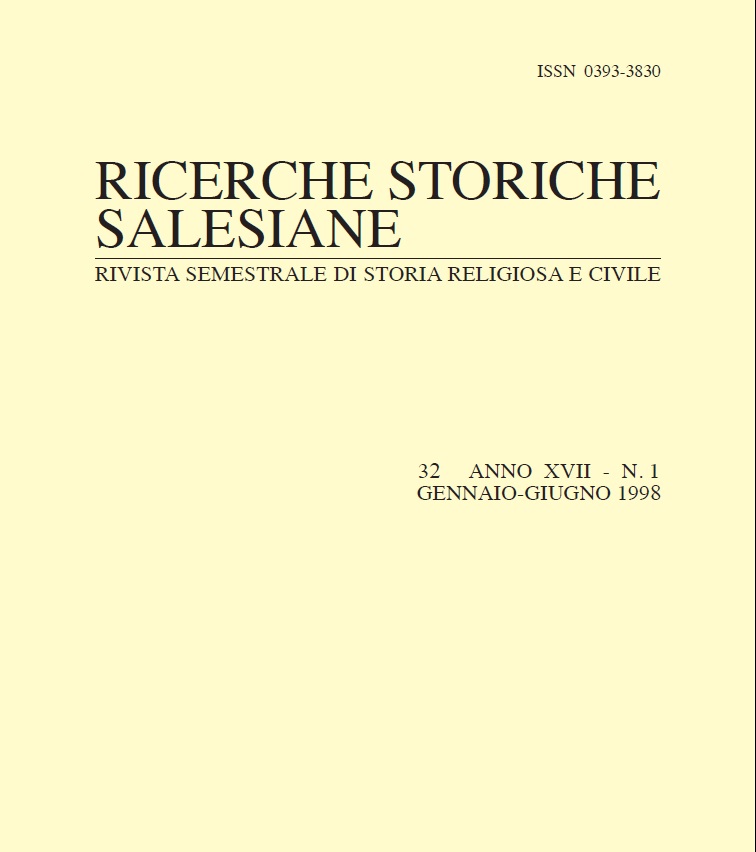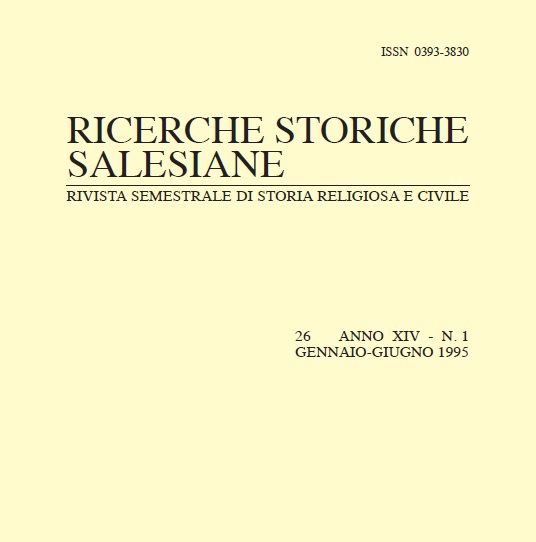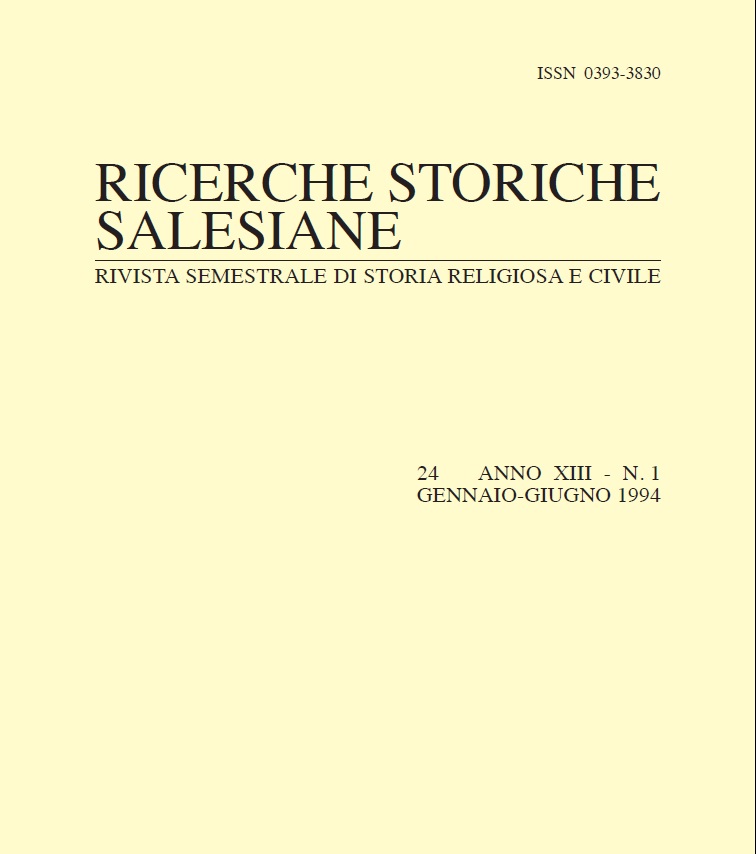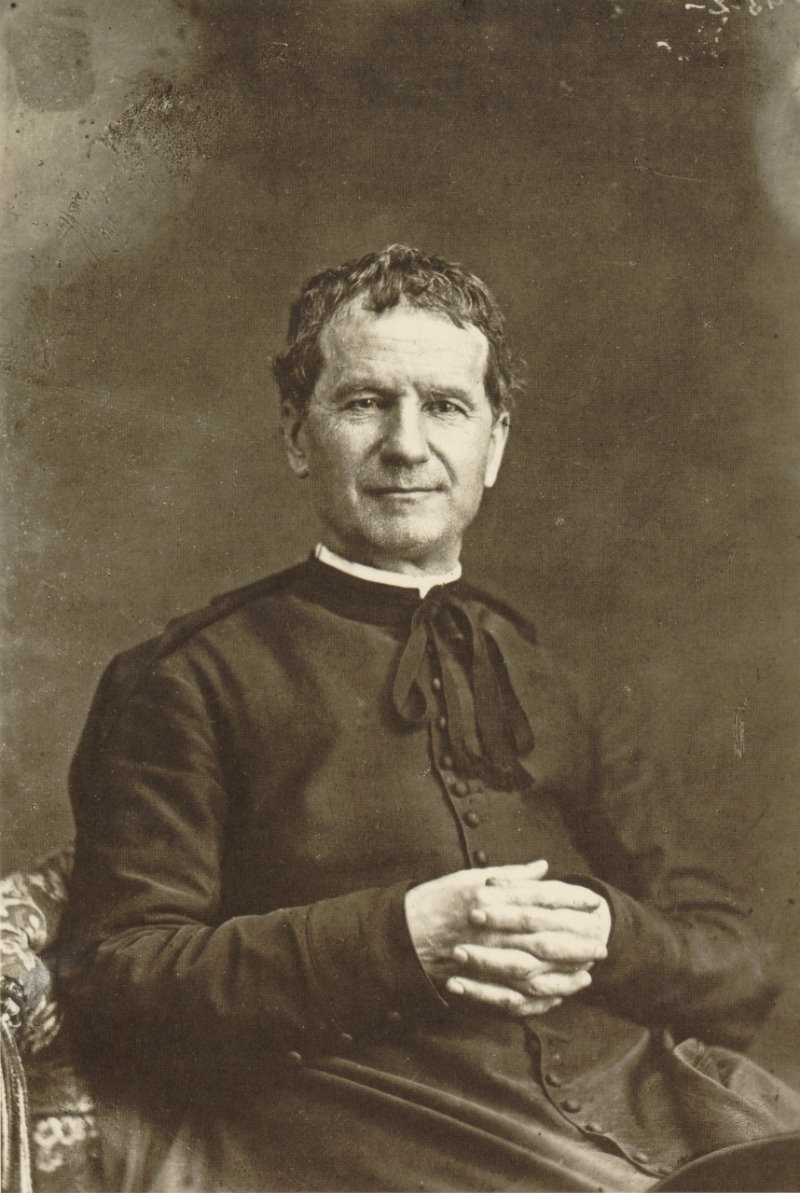Questa pubblicazione nasce da una curiosità. Impegnato, in questi ultimi due anni, nella preparazione della corrispondenza del Cardinale Cagliero, ho spesso trovato «memorie», «Autobiografia», «memorie autobiografiche del cardinale». Entrambe le biografie – come gli studi, che più o meno si riferiscono direttamente alla sua figura – basano le circostanze della sua vita in questi «Ricordi» che, senza volerlo, coprono l’intero arco della sua prolungata esistenza. Continue reading “Jesús Borrego – “Las llamadas «Memorias» del Cardenal Giovanni Cagliero (1847-1925)” in “Ricerche Storiche Salesiane””
